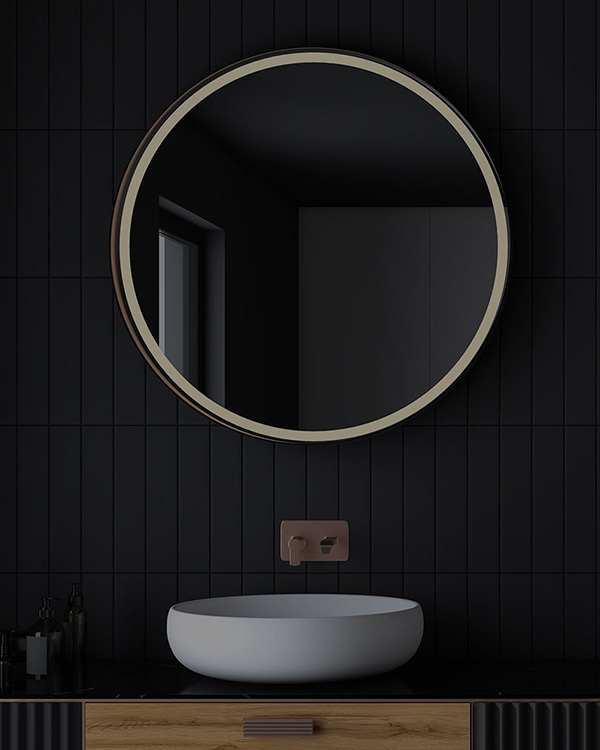Ever wondered why mirrors seem to reflect everything perfectly? Misunderstanding their color leads to confusion and dull designs. Discovering the truth about mirrors will transform your perspective.
The “real” color of a mirror is not silver but a slight green tint caused by the materials used in its construction.
Curious to learn more about mirrors, their color, and how they’re made? Let’s dive into the fascinating world of mirrors.
What Is a Mirror?
A mirror is a reflective surface, typically glass, coated with a metallic substance, designed to reflect light and images. Mirrors play an integral role in everyday life, found in homes, cars, and technology.
At its core, a mirror functions based on the principle of reflection. When light hits the smooth, metallic surface, it bounces back, producing a clear and accurate image of the surroundings. This property is achieved through precision manufacturing, ensuring the surface is free from distortions.
Mirrors come in various types, including flat (plane) mirrors, concave mirrors, and convex mirrors. While flat mirrors are commonly used in homes for practical purposes, curved mirrors are employed in scientific and industrial applications, such as telescopes and car side mirrors.
The role of mirrors extends beyond functionality. They are aesthetic elements in interior design, adding depth and light to spaces. With technological advancements, modern mirrors also incorporate features like LED lighting, anti-fog surfaces, and smart capabilities, making them versatile tools in everyday life.
What Color Is a Mirror?
While mirrors might seem colorless or purely reflective, they actually possess a slight green tint. This greenish hue is subtle and becomes noticeable only when the mirror’s edges or multiple reflections are observed.
The green tint arises from the glass used in mirror construction. Glass naturally absorbs a small portion of light, and its absorption spectrum tends to favor green wavelengths. As light passes through the glass and reflects back, the green hue becomes slightly amplified, particularly in thicker mirrors.
To understand a mirror’s color, consider how it reflects light. Mirrors reflect most visible light wavelengths but are not perfect reflectors. They reflect green light more efficiently than other colors, which is why the green tint appears more prominent in edge reflections or when observing a series of mirrors reflecting each other.
This subtle color characteristic doesn’t impact the mirror’s practical applications, as the human eye perceives the reflection as clear and accurate. However, it is a fascinating aspect that highlights the complexity behind what seems like a simple object.
How Is a Mirror Made?
The process of making a mirror combines science, engineering, and precision. While modern mirrors may look simple, their creation involves several meticulous steps:
-
Glass Preparation
High-quality glass serves as the base material for mirrors. Manufacturers use float glass, a type of flat and smooth glass, known for its clarity and uniformity. The glass is cut to the desired size and inspected for imperfections. -
Cleaning and Polishing
The glass surface is thoroughly cleaned and polished to remove any dirt, oils, or scratches. This step ensures a flawless foundation for the reflective coating. -
Application of Reflective Coating
A thin layer of metallic material, usually aluminum or silver, is applied to the back of the glass. This layer is what creates the reflective properties of the mirror. The application process involves techniques like spraying, vacuum deposition, or electroplating, depending on the manufacturer. -
Protective Layers
To shield the reflective coating from damage, additional protective layers are added. These layers may include a copper coating followed by a paint sealant. The paint not only provides durability but also prevents oxidation, ensuring the mirror’s longevity. -
Final Inspection and Cutting
Once the mirror is complete, it undergoes a thorough inspection to ensure quality. The finished product is then cut and polished to meet specific design requirements.
Understanding this detailed process reveals the craftsmanship and technology involved in creating something as seemingly simple as a mirror.
Final Thoughts
Mirrors are more than just reflective surfaces; they’re fascinating creations with surprising characteristics, including their slight green tint.


